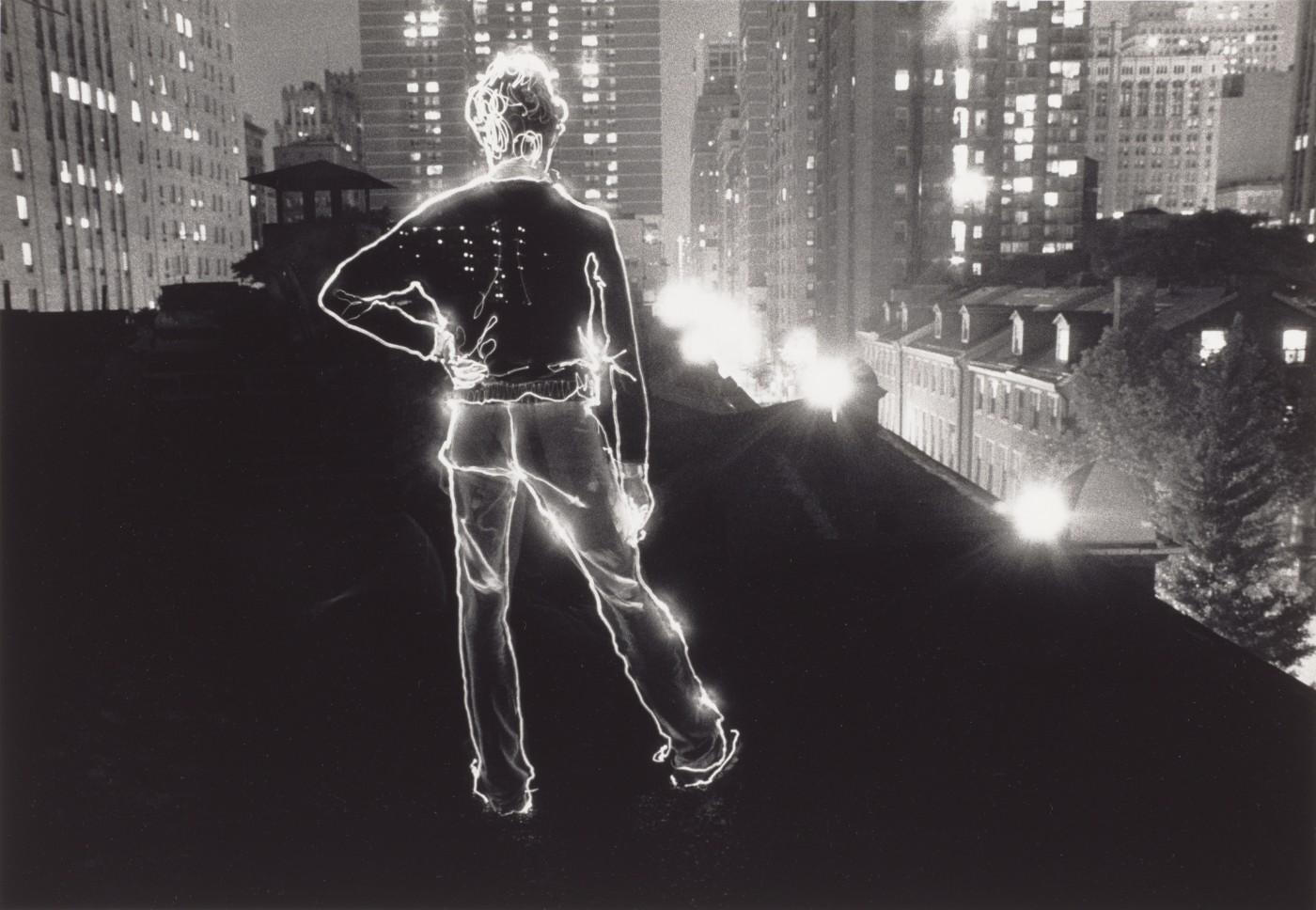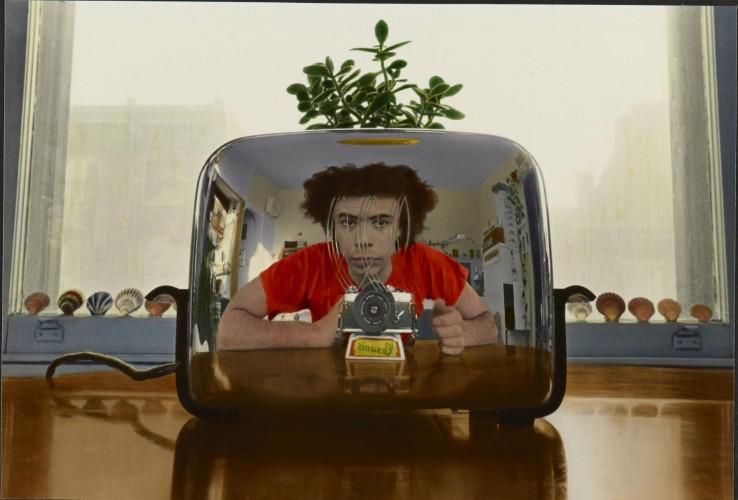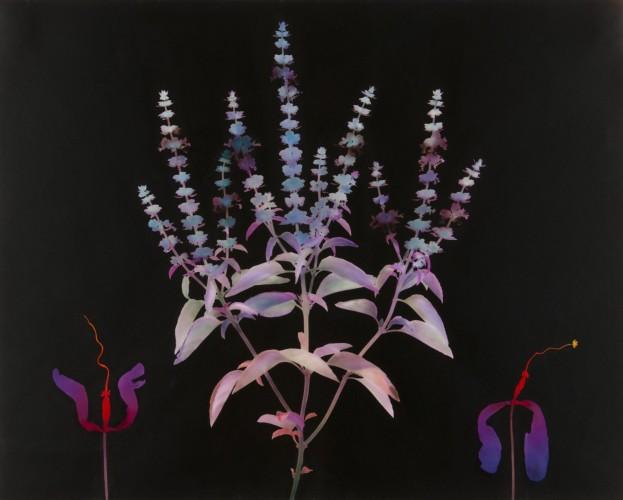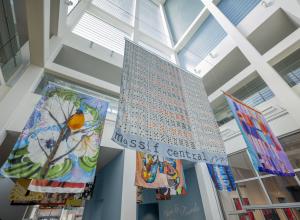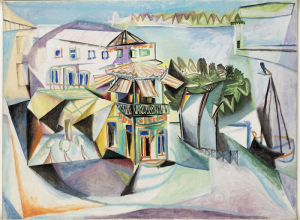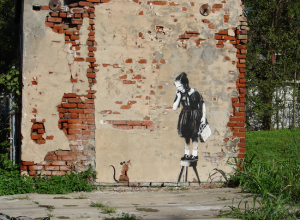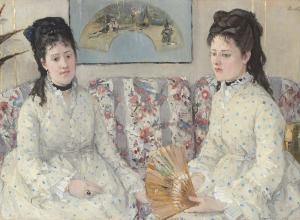Early in his career, when Lebe lived in Philadelphia, he embraced elementary, low-tech ways of making photographs, experimenting with the use of pinhole cameras, camera-less photograms, and light drawings. The subjects of these engaging works included Lebe himself, his friends, his home and its objects, and the male figure.
The exhibition opens with a selection of early works that show how the artist slowed down the picture-making process, treating photographs as events in time rather than frozen moments. Lebe’s light drawings—images made with a conventional camera opened for long exposures to record the movements of a handheld light—show a profound exchange between artist and subject. In what became his first concrete response to AIDS, he used the same technique, this time drawing freehand, in a more abstract series he called Scribbles. Many of Lebe’s light drawings and other experimental photographs are hand colored, a practice he continued in later works.
The exhibition establishes Lebe’s place within the first generation of artists who frankly explored queer life and desire in their work before and during the AIDS crisis. By the 1980s, he gradually introduced intimate content into his pictures, including males posing nude and exploring their sexuality. Noteworthy among these photographs are sensual images of writer and pornographic actor Scott O’Hara (1961–1998). The artist has said of the Scott pictures: “They are about, in part, the refusal to give up on life or on life’s pleasures. A triumph of a spirit over AIDS.”




